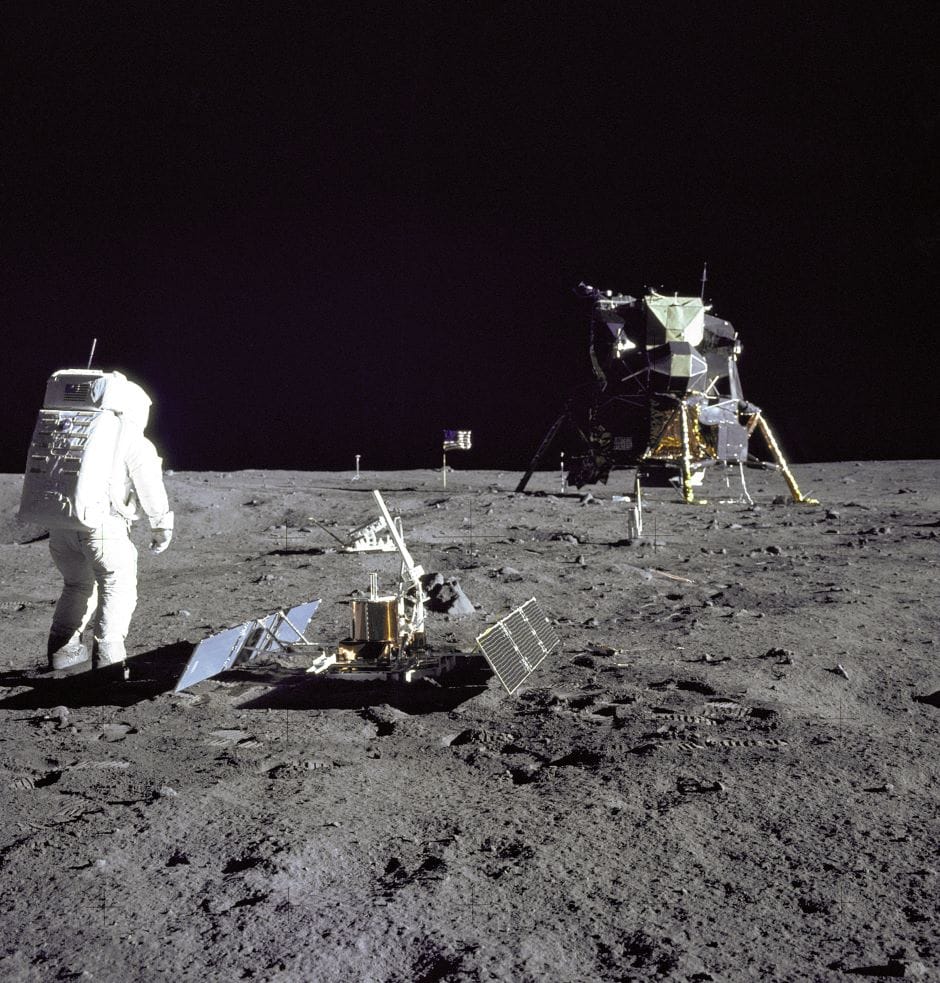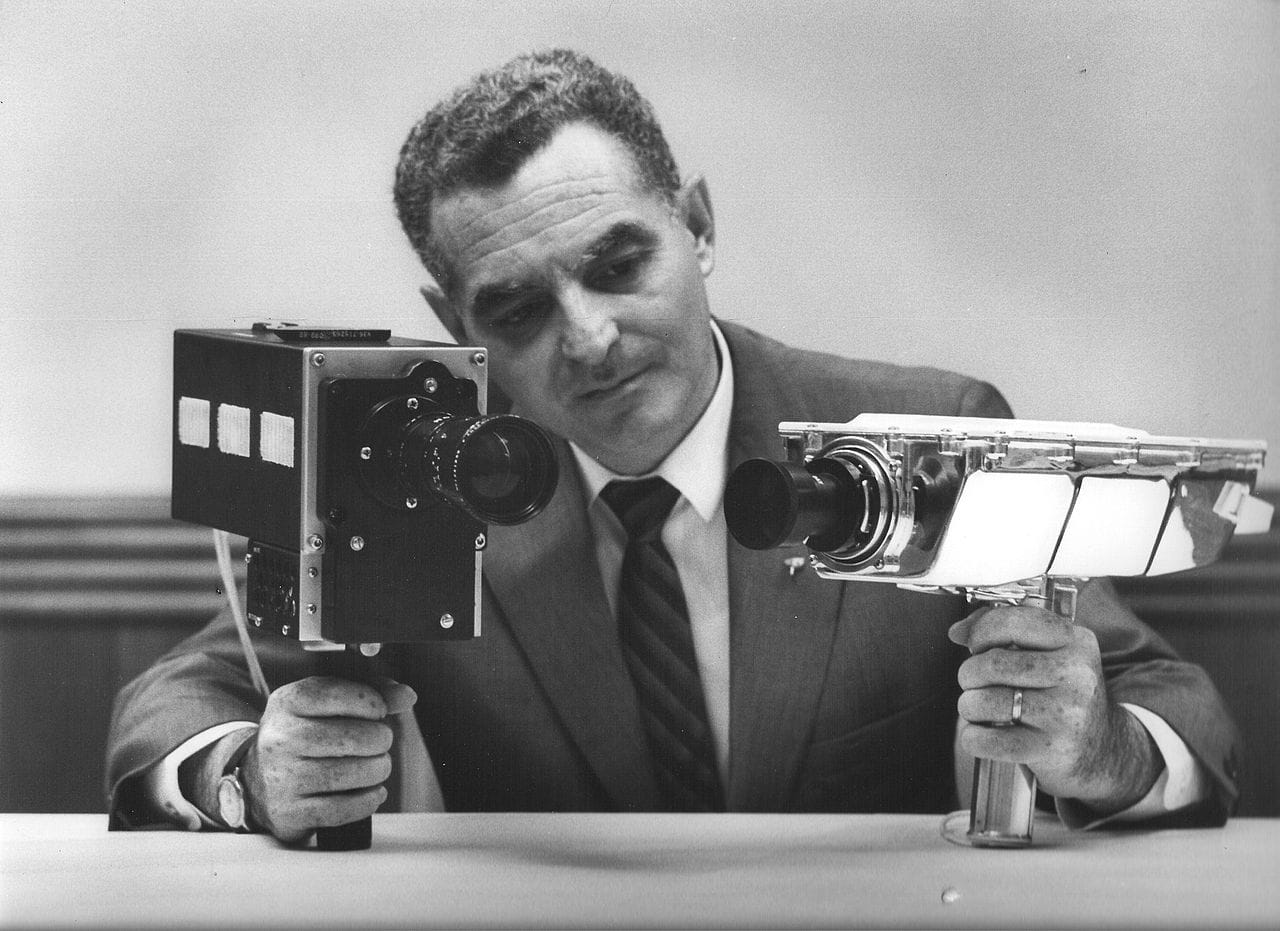As you may have noticed, this week marks the 50th anniversary of what is arguably one of engineering’s, and indeed humanity’s, greatest achievements: the Apollo 11 moon landings.
In recent days the world’s media has celebrated the technology that made this possible: from the brute force of the Saturn V rocket that propelled the Apollo spacecraft into Orbit; to the nail-biting powered descent of the lunar module; and the bold act of orbital choreography that enabled Aldrin and Armstrong to take off from the moon’s surface, rendezvous with the command module and return home to earth.

Unsurprisingly, The Engineer has joined these celebrations, interviewing Apollo 11’s only surviving moon walker, Buzz Aldrin, as well as looking at some of the missions that could see return to our nearest neighbour sooner rather than later. We’ve also revisited our archive coverage of the mission and explored how The Engineer reported on some of the key milestones of the US/Soviet space-race that culminated with the lunar landings.
But amidst all of the acres of coverage, one area that’s received comparatively little attention is the broadcasting technology that relayed footage of the landings to an estimated global audience of 650 million viewers, thus creating one of the biggest television events in history.
NASA was keenly aware of the televisual opportunities presented by lunar landings. Indeed, after much debate, using a camera to capture footage from the mission became a key objective of the mission.
And from the specially developed Westinghouse TV camera and lightweight antenna carried on the lander, to the radio-telescopes, satellites and receiving stations used to transmit the images around the world, the mission represented a genuine milestone in broadcasting. Indeed, it's fair to say that without the efforts of the engineers that made this landmark broadcast possible, and created footage that has resonated down through the decades, Apollo 11 would have had nowhere near the impact that it went on to have.

Despite this, rather like the computing technology available to NASA in 1969, broadcasting technology was still in its relative infancy at the time of the lunar landings: communications satellites had only recently begun operating, and black and white TVs still dominated.
And this prompts a tantalising thought.
Whilst observers in the 1960s marvelled at the grainy black and white images captured by Apollo 11's camera, consider how today’s advances in broadcasting and viewing technology – from tiny robotic cameras, to the rise of virtual reality – might relay the stories of the next astronauts to visit the moon and potentially Mars.
Perhaps we’re wrong. Some might argue that images have lost their power their ability to inspire and shock. That we’ve become desensitised by realistic special effects, and punch drunk by an endless stream of information.
Perhaps. But we prefer to think not. Just at we continue to marvel at the footage from Apollo 11, so will the next generation of missions provide the video ops that will linger long in the memory. The spectacle of real people setting foot on an alien world and looking back on our tiny planet will, we believe, have lost none of its capacity to inspire.




Poll: Should the UK’s railways be renationalised?
I'm reminded of the old adage about stupidity is doing the same thing time and time again, expecting different results. The current model simply...